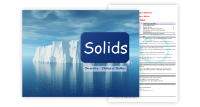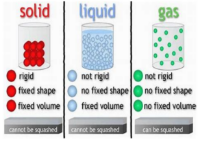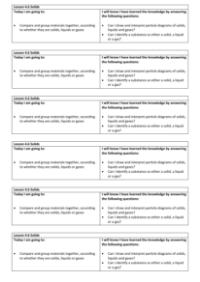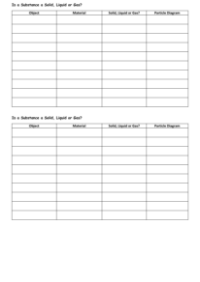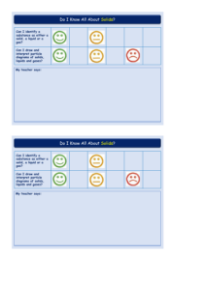Solids - Presentation
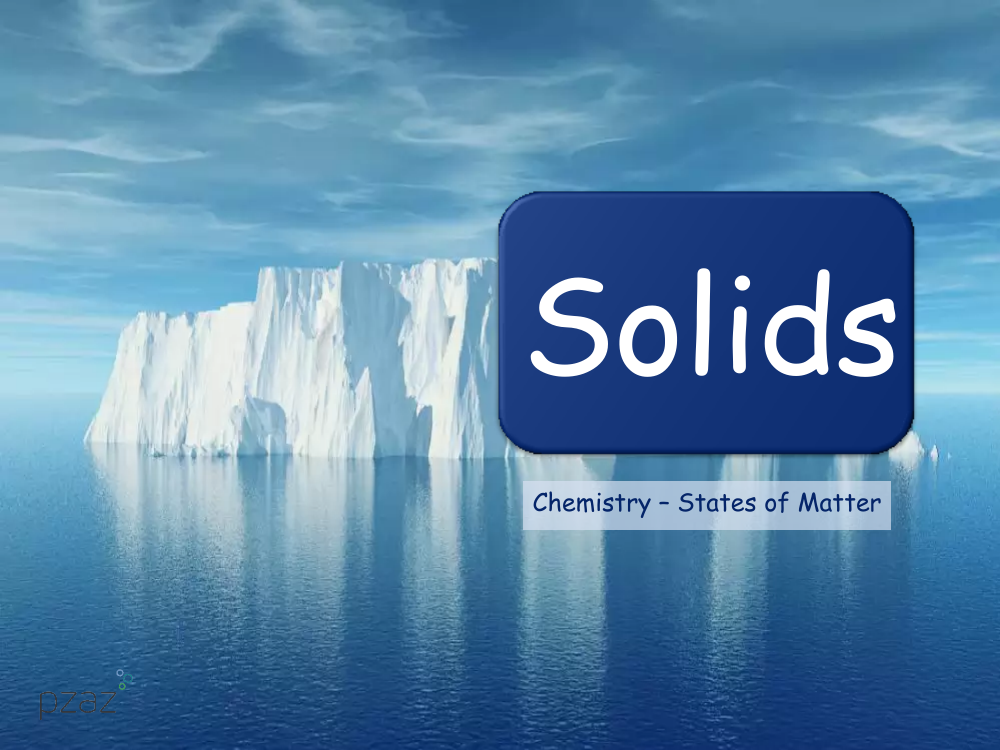
Science Resource Description
In a chemistry lesson focused on the states of matter, students are tasked with understanding the fundamental concept of particles and how they relate to solids, liquids, and gases. The lesson begins with a relatable scenario where Rosie, struggling with her essay on states of matter, calls her sister Marianne, a materials scientist, for help. Marianne explains that particles are the smallest part of a substance, akin to a brick in a wall or a grain of sand on a beach. She describes how the arrangement of these particles determines the state of matter: tightly packed in solids, with some gaps in liquids allowing them to flow, and widely spaced in gases where they have the most energy and move freely. The students are then encouraged to draw and interpret particle diagrams for each state of matter, reinforcing their understanding of the concept.
The lesson also includes practical activities where students sort items into groups of solids, liquids, and gases, and write reports on particle diagrams. An example of a real-life application is provided through the process of making butter, which involves a transformation from liquid to solid as energy is added to the cream's particles. This example illustrates how adding energy can change the state of matter, such as melting ice or churning cream into butter. Finally, students are challenged to draw particle diagrams for different substances and classify items such as diamond, helium, milk, orange juice, concrete, and air into the correct state of matter. The lesson aims to ensure that students can confidently identify substances as solids, liquids or gases, and understand the particle diagrams that represent each state.

